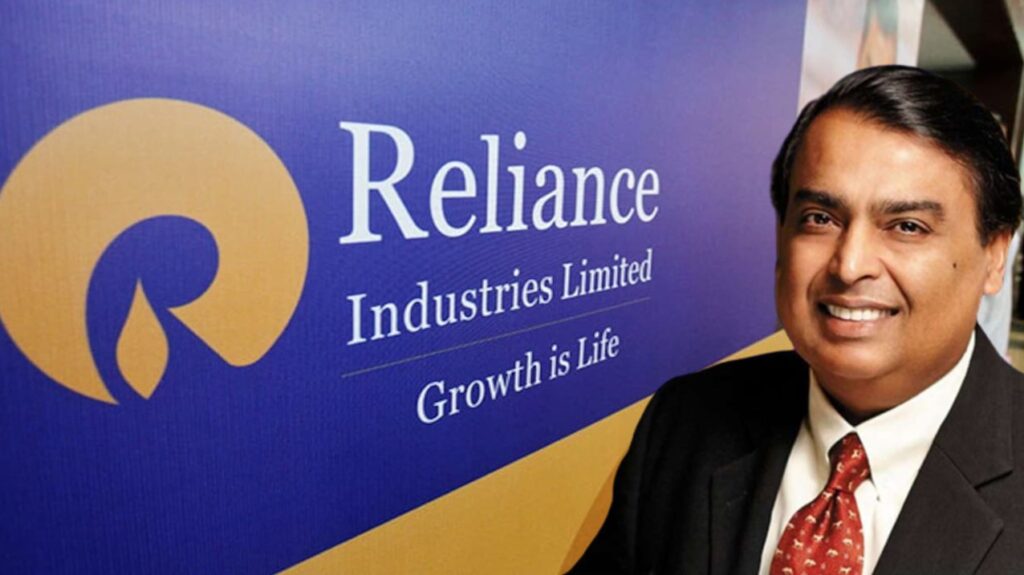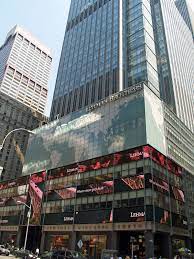History of Stock Market Crash In India.
#safebull , Blogs , Educational
The stock market is a volatile place. There have been instances when financial markets experienced sudden crashes. And this results in rapid and substantial losses for investors. A crash is defined as a swift decline in double-digits in market indices…[ Read More ]…
The stock market is a volatile place. There have been instances when financial markets experienced sudden crashes. And this results in rapid and substantial losses for investors. A crash is defined as a swift decline in double-digits in market indices. Despite historical market recoveries, there are occasions when a crash is extended for a long period, sometimes spanning years.
Let’s take a look at the stock market crashes in India.
1865 – Market Crash
India encountered its first market crash, even before BSE was established.
Commencing in 1861, the onset of the American Civil War precipitated a surge in the requisition for cotton—an essential export of Indian companies during that era. This surge induce an abrupt and substantial escalation in cotton prices, so the stocks of firms engaged in cotton production and export too. Furthermore, individuals who profited from cotton trade directed their earnings towards stock investments. However, by April 1865, with the conclusion of the Civil War, the demand for cotton dwindled. And this triggered a downturn in the market and ultimately leading to a stock market crash.
In the year 1875, the Bombay Stock Exchange was established, as a formal stock exchange.
1982 – Reliance Incident
The events of 1982 hold a captivating narrative, one that doesn’t quite qualify as a stock market crash, yet undoubtedly warrants careful consideration.
In that year, a remarkable chapter unfolded, detailing how Dhirubhai Ambani deftly managed a situation to thwart the efforts of a bear cartel aiming to seize control.
Amid 1982, the shares of Reliance Industries were trading around Rs. 131. However, within a brief span, the share price dipped to Rs. 121. It’s crucial to recognize that this period coincided with a 14-day settlement cycle in the stock markets. Consequently, the trading dynamics resembled contemporary intraday trades, enabling individuals to engage in short-selling if they anticipated a price decline, with the opportunity to repurchase shares within the settlement period for a profit.

These were times when bear cartels thrived, targeting specific companies. Their modus operandi involved short-selling a company’s shares, driving prices downward, only to repurchase them at a reduced cost, thereby securing profits.
The descent in Reliance Industries’ share price was orchestrated by a bear cartel that engaged in short-selling approximately 11 lakh shares of the company. Recognizing the potential consequences of this trend, Dhirubhai Ambani intervened, perceiving the risk posed to small investors and the potential erosion of faith in Reliance.
Ambani marshaled a group of brokerage firms loyal to Reliance, tasking them with purchasing shares of the company. This initiative sparked a flurry of buying and selling Reliance shares within the 14-day settlement period. At the close of this period, Ambani’s associates demanded the delivery of shares sold by the bear cartel. However, the cartel found itself without the shares in question. In response, Ambani wielded his influence to suspend the reopening of the stock markets until the unsettled trades were resolved. This resolve led to a remarkable outcome: the stock markets remained shuttered for an unprecedented three consecutive days.
1992 – Scam & the Great Market Crash
The year 1992 bore witness to the Harshad Mehta scandal, an event that triggered a stock market crash, with the Sensex plummeting by over 50% within a span of one year.
Harshad Mehta
Earned his moniker as the “Big Bull” of the Indian stock markets. His modus operandi involved acquiring shares of specific companies, artificially inflating their prices through heightened demand, and then offloading them to secure profits. For instance, he invested in ACC Limited shares, elevating their value from Rs. 200 to a staggering Rs. 9000 per share in a mere 2-3 months. Mehta subsequently diverted over Rs. 1000 crore from banks to purchase stocks. The exposure of his fraudulent activities led to one of the most significant market downturns. The Sensex witnessed a precipitous decline of around 2,000 points, plummeting to a level of 2,500. This debacle also ushered in a bear market that persisted for approximately two years.

In May 2004, the Sensex incurred a historic single-day loss of nearly 565 points. This abrupt downturn was largely attributed to the unforeseen electoral defeat of the National Democratic Alliance (NDA) and a collapse within emerging sectors of the Indian economy. Some market analysts also attributed this crash to UBS, a foreign institutional investor, selling shares during the same period, as concerns regarding the continuity of reforms in the nation arose due to the shifting political landscape.
2008 – Lehman Brothers & the Market Crash.
The financial crisis of 2008 exerted a detrimental influence on businesses, economies, and global stock markets. On January 21, 2008, the Sensex experienced a drastic decline of approximately 1408 points, resulting in significant erosion of investor wealth.
This particular day earned the moniker “Black Monday,” and market analysts attributed the plummeting indices to a diverse range of factors including:
- A shift in global investor confidence.
- Widespread apprehension that the US economy might succumb to recession.
- Reduction in interest rates within the US.
- Heightened volatility within commodity markets.
- Foreign Institutional Investors and Hedge Funds divesting from emerging markets to invest in more stable developed markets.
- Accumulation of substantial derivatives positions leading to margin calls, among other contributing aspects.

By the culmination of 2008, the Sensex underwent a significant contraction, plummeting from around 20,465 points to a mere 9716 points. The Sensex eventually reclaimed the 20,000-point milestone in September 2010.
2015 – The Chinese Turbulence.
Following the substantial downturn of 2008, market recuperation ensued. However, a notable event occurred on August 24, 2015, when the Sensex experienced a staggering decline of 1624 points. This decline was primarily linked to concerns regarding a potential deceleration in the Chinese economy, prompted by the devaluation of the Chinese Yuan a few weeks prior to the crash. This currency devaluation triggered a chain reaction of currency rate declines and intensified selling of stocks.
Within the Indian markets, this situation was further exacerbated by an unfavorable monsoon season and unsatisfactory earnings performance during the initial quarter of the fiscal year.
2016 – Demonetization in India
The span of 2015-16 posed formidable challenges for worldwide stock markets, and the Indian scenario was no exception. During this period, the Sensex in India sustained a persistent decline. By February 2016, the Sensex had undergone a substantial contraction of approximately 26% within a mere eleven months. The predominant factors contributing to this decline were the considerable non-performing assets (NPAs) within Indian banks and a broader global fragility.
As the calendar approached November 2016, a fervent wave of selling emerged as a response to government initiatives targeting undisclosed wealth through the Demonetization drive. Consequently, the Sensex encountered a decline of 6%. This trend was mirrored across other Asian markets during the same period.
2020 – Covid Market Crash
The emergence of the COVID-19 outbreak, culminating in a global pandemic and subsequent lockdowns, precipitated an extensive market downturn in both worldwide and Indian markets.

Following the World Health Organization’s official designation of the virus as a pandemic, the Sensex experienced a precipitous decline, plummeting from 42,273 points to 28,288 points within the span of a week. This stark descent coincided with the unfolding Yes Bank crisis, which contributed to significant losses in the robust Banking, Financial Services, and Insurance (BFSI) sector as well.
2020 – Russia Ukraine War
Sensex ends 2702 pts lower amid D-St Bloodbath, Nifty ends at 16247, Russia attacks Ukraine.

Domestic equity market benchmarks BSE Sensex and Nifty 50 ended nearly 5 per cent down on Thursday, a day of monthly F&O expiry, as Russia attacked Ukraine. BSE Sensex tumbled 4.7 per cent or 2,702 points to end at 54,530, while Nifty 50 index plunged 815 points or 4.8 per cent to finish trade at 16248. All the 30 stocks on S&P BSE Sensex ended in deep sea of red. IndusInd Bank, Mahindra & Mahindra (M&M), Bajaj Finance, Axis Bank, Reliance Industries Ltd (RIL), HDFC Bank, ICICI Bank, and Infosys, among others were top index draggers. Bank Nifty tumbled 6 per cent or 2,163.95 points to end at 35,228.10. Nifty FMCG too fell over 3 per cent. India VIX, the volatility index, rallied 30.31 per cent to end at 31.98 levels.
Summary
As evident, stock markets have encountered recurrent crashes stemming from a diverse array of catalysts. Wars, broker cartels, political volatility, banking turmoil, governmental policy shifts, and health-related issues all contribute to the complex web of factors influencing stock market dynamics. Therefore, it’s imperative to acknowledge that vigilance toward these events can aid in gauging potential market trajectories. Additionally, it’s worth emphasizing that while crashes are an intrinsic facet of stock markets, the trajectory of recoveries has remained steadfast. Consequently, adhering to a long-term stock investment approach can provide a resilient framework to navigate through such periods with relative ease.
